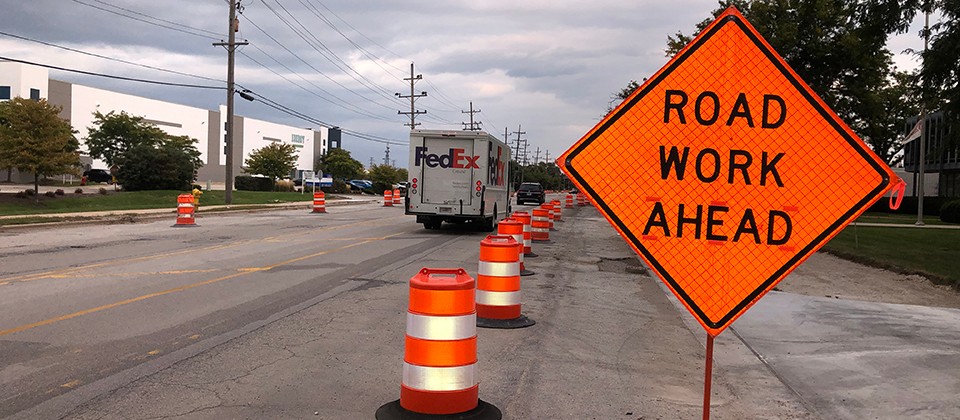Before I became the work zone product manager at Avery Dennison, I held several highway safety positions from working for a sign fabrication to supply safety devices for the road construction market. That’s given me a unique perspective on the realities our customers face and it’s the reason I am so passionate about improving work zone safety.
On my way into work one summer morning I heard a national news story about a misspelled highway sign in Wisconsin. Unfortunately, the sign came from the sign shop I worked for. We went out and fixed the sign (no it didn’t cost the DOT thousands of dollars of taxpayer money), and other than a few jokes, it was quickly forgotten.
When I look back at that experience, one thing really stands out. Do you know how many people saw that sign before it was reported, that never caught the errors? The worker that made the sign, the person that inspected the sign, the shipping team that checked it before loading it for the contractor, the contractor that installed the sign, the DOT inspector that inspected the sign before the road was reopened. A lot of eyes saw this sign before the story was ever broken, but more importantly, this wasn’t caught the day after they opened the road. It was caught long after the road was opened. Thousands of cars drove this highway everyday and no one noticed.
Here’s why. People don’t look at signs when they are familiar with the route. When you drive the same place over and again, signs may be a landmark for you in regards to an upcoming turn, but most drivers don’t pay attention to them. People only pay close attention to signs when they are driving an unfamiliar route.
Road agencies are aware of this too, which is why when signs need to change, they add extra warning features to grab a driver’s attention. In the US, it is common to add orange safety flags to a new or changed regulatory or warning sign. Some of the more common sign changes would be a change in speed limit or a new stop sign that didn’t previously exist. And of course the most familiar type of temporary alerts involve road construction.



